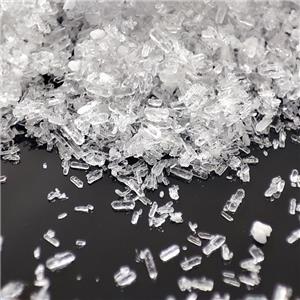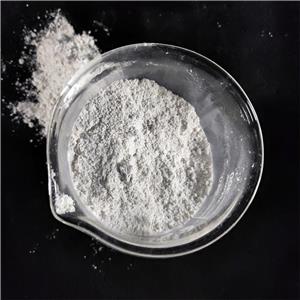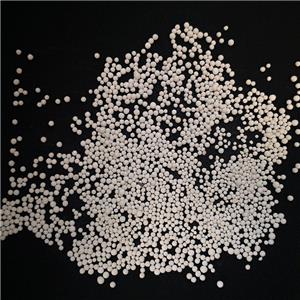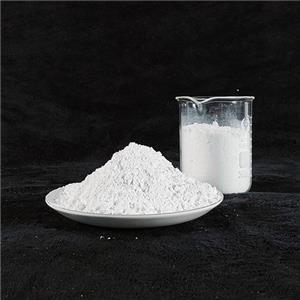-
0102-2025
Advantages and disadvantages of talcum powder and application precautions
Talc is a common filler widely used in the coating industry. Its main component is hydrous magnesium silicate with a molecular formula of 3MgO·4SiO2·H2O. Talc belongs to the monoclinic system and its crystals are pseudo-hexagonal or rhombic flakes. Talc micropowder, which is made through multiple processes, occupies an important position in the coating industry with its unique physical and chemical properties.
-
3101-2025
Analysis of the application characteristics and advantages of talc in coatings
Talc is a common filler widely used in the coatings industry. Its main component is hydrated magnesium silicate with a molecular formula of 3MgO·4SiO2·H2O.
-
3001-2025
Talc masterbatch: the preferred filler for reinforcement and heat resistance of PP, PE, ABS and other materials-3
Ultrafine talc masterbatch is mainly used in plastic industries such as PP, PE, PO, PS, and ABS. Due to its excellent performance in improving material properties, it has become an important means of modifying various materials. Its application in various fields is introduced in detail below.
-
2901-2025
Talc masterbatch: the preferred filler for reinforcement and heat resistance of PP, PE, ABS and other materials-2
Ultrafine talc masterbatch is mainly used in plastic industries such as PP, PE, PO, PS, and ABS. Due to its excellent performance in improving material properties, it has become an important means of modifying various materials. Its application in various fields is introduced in detail below.
-
2801-2025
Talc masterbatch: the preferred filler for reinforcement and heat resistance of PP, PE, ABS and other materials
Talc masterbatch is a functional filler used for plastic modification. It is made by mixing talc with polymers or other carriers and is widely used in plastics, rubber and other resins to improve material properties.
-
2701-2025
How is talc used in coatings?
Talc is a commonly used filler in solvent-based coatings. Its main component is hydrous magnesium silicate talc (3MgO·4SiO2·H2O), which is a monoclinic crystal system with pseudohexagonal or rhombic flakes.
-
2601-2025
Let’s take a look at 5 examples of surface modification of talc-4
Surface modification of talc can improve the interfacial affinity between talc and polymer and improve the dispersion state of talc filler in polymer matrix. In this way, talc not only has an incremental effect in composite materials, but also has an enhancing modification effect, thereby improving the physical and mechanical properties of composite materials and enabling talc to achieve better application effects and a wider range of applications.
-
2501-2025
Let’s take a look at 5 examples of surface modification of talc-3
Surface modification of talc can improve the interfacial affinity between talc and polymer and improve the dispersion state of talc filler in polymer matrix. In this way, talc not only has an incremental effect in composite materials, but also has an enhancing modification effect, thereby improving the physical and mechanical properties of composite materials and enabling talc to achieve better application effects and a wider range of applications.
-
2401-2025
Let’s take a look at 5 examples of surface modification of talc-2
Surface modification of talc can improve the interfacial affinity between talc and polymer and improve the dispersion state of talc filler in polymer matrix. In this way, talc not only has an incremental effect in composite materials, but also has an enhancing modification effect, thereby improving the physical and mechanical properties of composite materials and enabling talc to achieve better application effects and a wider range of applications.
-
2201-2025
Let’s take a look at 5 examples of surface modification of talc
Surface modification of talc can improve the interfacial affinity between talc and polymer and improve the dispersion state of talc filler in polymer matrix. In this way, talc not only has an incremental effect in composite materials, but also has an enhancing modification effect, thereby improving the physical and mechanical properties of composite materials and enabling talc to achieve better application effects and a wider range of applications.




